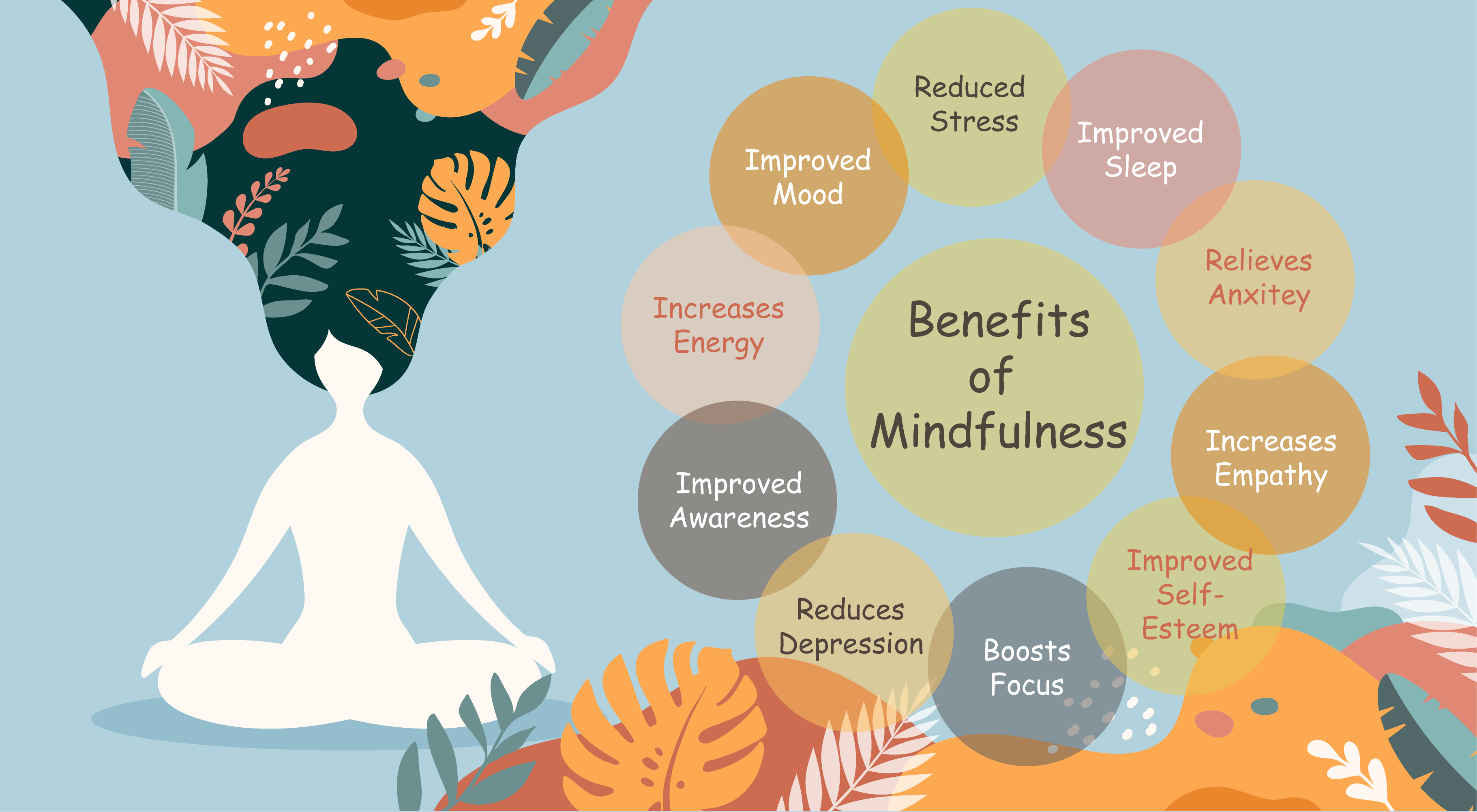
Mindful eating is a powerful practice that fosters a healthier connection with food. It’s about paying attention to your physical and emotional needs during meals, moving beyond mindless consumption, and appreciating each bite. Many of us struggle with emotional eating, impulsive snacking, or feelings of guilt around food. This often leads to poor health choices, digestive issues, and a sense of disconnection from our bodies. This article delves into simple strategies to enhance mindful eating, improving your relationship with food and leading to boostd satisfaction and well-being. We will cover strategies for awareness, mindful eating habits, mindful eating and stress, and common pitfalls, and offer you with actionable steps to incorporate these practices into your daily life.
Understanding Mindful Eating
Defining Mindful Eating
Mindful eating involves paying close attention to the entire eating experience, from the moment you prepare the food to the final swallow. This includes noticing the aromas, textures, tastes, and sensations in your body while you eat. By slowing down and fully engaging with your meal, you cultivate a deeper appreciation for food and its impact on your body. It’s not about restricting food but about cultivating a balanced and mindful approach to nourishment. A study published in the Journal of the Academy of Nutrition and Dietetics highlighted the positive correlation between mindful eating and improved body image.
The Importance of Mindful Eating
Mindful eating is not a diet; it’s a way of life. It can help you to understand your hunger and fullness cues, reduce emotional eating, and make healthier food choices. It can also lead to improved digestion and a stronger connection to your body’s needs. Studies suggest that individuals who practice mindful eating often experience a significant reduction in cravings for unhealthy foods, potentially leading to weight management and improved overall health.
Cultivating Awareness During Meals
Paying Attention to Your Hunger Cues
Recognizing the subtle difference between physical hunger and emotional hunger is critical in mindful eating. Pay close attention to your body’s hunger signals. When you feel physically hungry, your stomach may growl, or you may experience a sense of emptiness. Emotional hunger, on the other hand, is often accompanied by cravings for specific foods or a feeling of unease or boredom. Learning to variediate between these two types of hunger is a cornerstone of mindful eating, allowing you to make conscious choices about what you eat.
Creating a Conducive Eating Environment
Minimizing Distractions
One significant facet of mindful eating is minimizing distractions during meals. Put away your phone, turn off the TV, and avoid multitasking. By focusing solely on your meal, you can fully experience the sensory facets of food. Creating a dedicated space for eating can also help to set the stage for mindful eating. A quiet, pleasant setting can foster a more relaxed environment, reducing anxiety and promoting peacefulness.
Mindful Eating Habits for a Healthier Lifestyle
Recognizing and Addressing Emotional Eating
Many people turn to food to cope with stress, anxiety, or boredom. This is often associated with emotional eating, and a lack of self-awareness. Practice self-reflection. Journaling can help you determine emotional triggers and develop healthier coping mechanisms. Finding alternative stress relievers, such as meditation or exercise, can offer valuable coping strategies. These alternatives are more constructive and healthy than emotional eating.
Related Post : The Pursuit of Perfection: Managing Expectations in Health Goals
Utilizing Mindful Eating Techniques
Savor Each Bite
Slow down while you eat. Notice the texture, taste, and aroma of each bite. Chewing your food thoroughly is crucial. This simple act can significantly reduce your mealtime and lead to better digestion, and a better relationship with food.
Practical Tips for Beginners
Starting Small
Begin by practicing mindful eating during one meal a day. Focus on the senses involved in the meal, the aroma, the taste, the texture, and the way the food feels in your mouth. Gradually, incorporate mindful eating principles into more meals. The objective is to develop consistency and integrate this practice into your everyday life. Mindful eating is about building a healthier relationship with food and developing self-awareness, not a rigid approach. This consistency in mindful habits can yield significant benefits.
Beyond the Plate
Expanding Mindful Eating
Mindful eating extends beyond mealtimes. It involves being present in all facets of your life, including cooking, shopping, and even deciding what to eat. By developing a mindful mindset in all facets of your food choices, you strengthen a healthier relationship with food, improving your overall well-being.
Addressing Common Pitfalls
Overcoming Obstacles
Mindful eating is a journey, not a destination. You may encounter setbacks or feel overwhelmed at times. Be patient with yourself. Consistency and self-compassion are key to overcoming obstacles. Mindful eating is not about perfection but about progress. Embrace the process.
Mindful Eating and Stress Reduction
Managing Stress Through Mindful Eating
Stress and emotional eating often go hand-in-hand. Mindful eating can help you manage stress by teaching you to observe your thoughts and emotions without judgment. This awareness, in turn, allows you to make healthier choices during times of stress. Emotional eating can often stem from underlying stress, and mindful eating is a valuable practice in managing that stress.
In conclusion, mindful eating offers a powerful pathway to a healthier relationship with food. By cultivating awareness, practicing patience, and focusing on your body’s signals, you can break complimentary from emotional eating patterns and cultivate a more harmonious connection with nourishment. Embrace the journey of mindful eating, and experience the transformative power of presence in your daily life. To start your mindful eating journey, download our complimentary guide today! Visit [website address] to learn more.